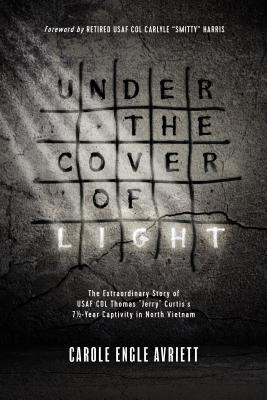
ABOUT THE BOOK
The struggle to combat the Nazis during World War II encompassed front lines far beyond conventional battlefields. In a panoramic and compelling account, author Jerry Borrowman shares seven largely untold stories of people who undertook extraordinary efforts at enormous personal risk to defeat the Third Reich.
Some were ordinary citizens like William Sebold, a German immigrant and US citizen, who could have been a deadly foe, but ultimately chose the Allied cause. Coerced by the Gestapo into becoming a spy in America, he instead approached the FBI, offering to become a double agent.
Among them was famous Hollywood star Marlene Dietrich, who was born in Germany but volunteered to entertain Allied troops in the European Theater of Operations and recorded radio messages designed to demoralize German soldiers.
As the Nazis swept through Europe, citizens around the world faced both an individual and a national complex moral question: How do you respond to tyranny and bloodthirsty madness? These are stories of men and women who would not surrender or compromise. They resisted and fought with total commitment for freedom and democracy.
ABOUT THE AUTHOR
REVIEW
World War II covers such a vast array of experiences and stories that I never get tired of reading about it. Borrowman takes readers into the experiences and stories of some of those individuals and groups who stepped up in the fight against Hitler and the Nazis. Of the seven stories that Borrowman tells, four of them are about spies. Virginia Hall courage and refusal to let her prosthetic leg slow her down led her to become one of the Allie's most effective and skilled spies. She worked with numerous resistance groups, becoming one of the most sought after spies. After nearly getting caught escaping as a British spy, she later returned to work for the Americans. Her courage and ingenuity helped the Allies win the war. William Sebold was blackmailed by the Germans into spying for them, but when he contacted the Americans, the FBI turned him into a valuable double agent. He helped round up a number of dangerous spies in America. Marlene Dietrich not only performed for the Allied troops but she gather intelligence along the way. Juan Pujol's imaginary spy ring provided a great deal of false intelligence to the Germans helping pave the way for the Normandy invasion. As a diplomat, Carl Lutz risked his life and career to help the Jews of Hungary. All of these stories are told in this book, along with a couple of others about the American Ghost Army and the efforts to rescue a group of French VIPs imprisoned in a castle. Borrowman does an excellent job of telling these stories in a compelling way. He uses quotes and primary sources to give the reader an inside look at the people and situations involved in each tale. I highly recommend this book for readers who enjoy a glimpse into lesser known tales of courage and conviction during war time.










